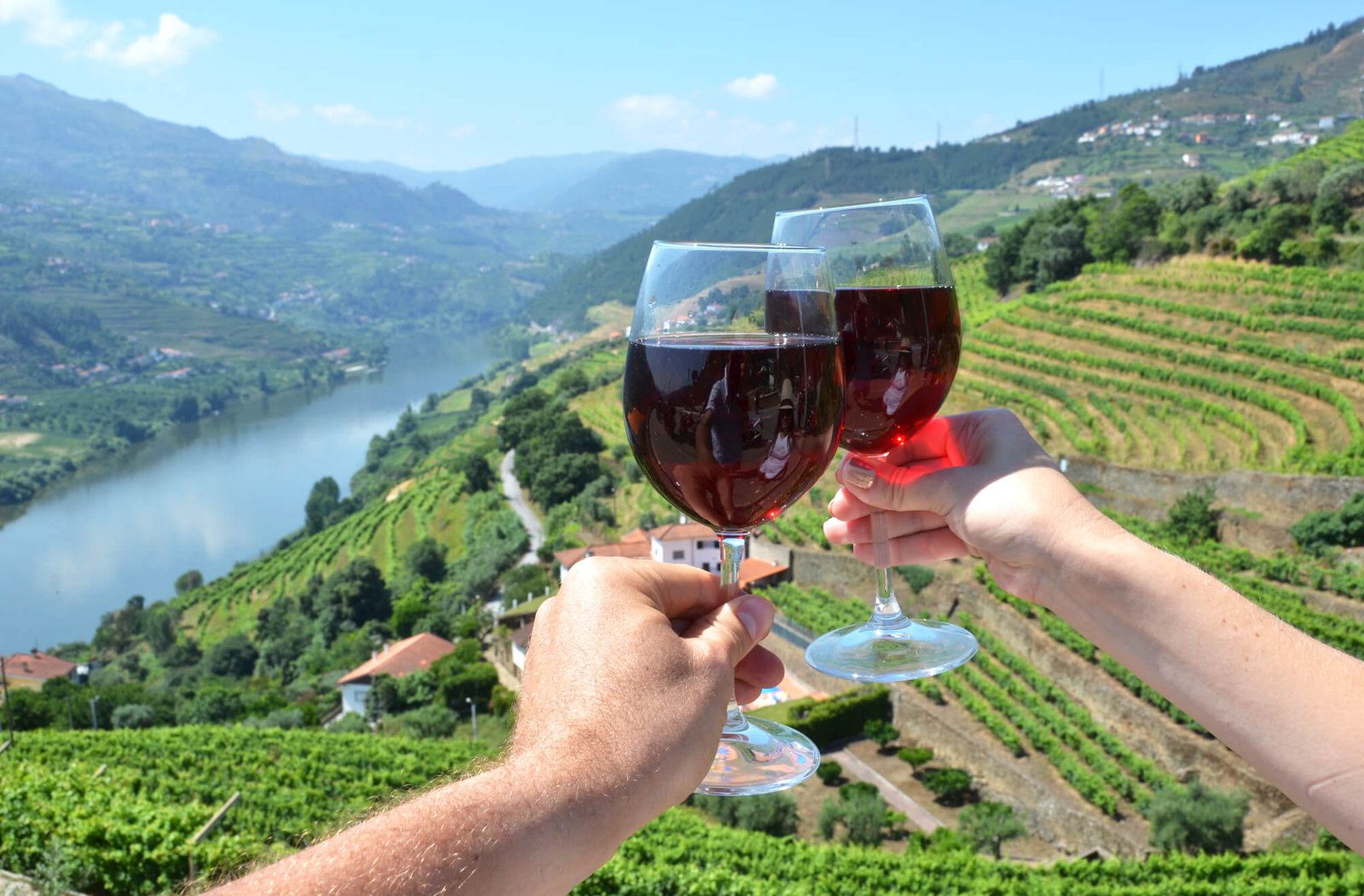Wine has been an integral part of human culture for centuries, and the landscapes that produce this cherished beverage have a unique story to tell. The UNESCO World Heritage designation is a prestigious recognition that showcases exceptional cultural and natural sites around the world. In recent years, several wine landscapes have been included in this esteemed list. What makes a wine landscape deserving of such a distinction? Let’s explore the key factors that contribute to a wine region’s UNESCO World Heritage worthiness.
1. Historical Significance
The historical importance of a wine landscape plays a crucial role in its UNESCO World Heritage worthiness. These landscapes often have a rich heritage associated with the cultivation and production of wine, spanning generations. Not only do they reflect the development of viticulture techniques over time, but they also offer insights into the social and economic aspects of the communities that have relied on wine production.
A prime example of a wine landscape with historical significance is the Douro Valley in Portugal. This region, known for its production of Port wine, has a history dating back over 2,000 years. The terraced vineyards, a testament to the labor-intensive practices of the past, create a breathtaking and unique landscape that tells the story of the people who shaped it.
2. Cultural Landscape
UNESCO World Heritage sites are not solely about natural beauty; they also celebrate the interaction between humans and their environment. A wine landscape that showcases a harmonious relationship between people, nature, and viticulture practices is more likely to receive this prestigious recognition. These landscapes reflect the cultural traditions, knowledge, and techniques that have been passed down through generations, forming an essential part of the local identity.
The Lavaux Vineyards in Switzerland is a prime example of a cultural landscape worthy of the UNESCO World Heritage designation. The vineyards, located on the shores of Lake Geneva, are terraced into the steep slopes, showcasing the exceptional skill and ingenuity of the local winegrowers. The well-preserved traditional stone walls and vineyard maintenance techniques are a testament to the lasting cultural heritage of this region.
3. Unique Agricultural Practices
Wine landscapes that employ unique agricultural practices can also be deemed UNESCO World Heritage worthy. These practices often involve sustainable methods that have been perfected over centuries, resulting in the production of exceptional wines that can only be found in a specific region. The traditional techniques used in these landscapes set them apart and contribute to the preservation of agricultural biodiversity.
The Tokaj Wine Region Historic Cultural Landscape in Hungary is a perfect example of a wine landscape with unique agricultural practices. The region is renowned for its sweet and botrytized wines, which are made using the noble rot technique. This natural phenomenon, where grapes are infected with a specific mold, concentrates the sugars, resulting in complex and distinct flavors. The process of harvesting these grapes requires careful selection and meticulous attention to detail, making it an extraordinary and unique agricultural practice.
4. Outstanding Universal Value
One of the key criteria for a wine landscape to be considered for the UNESCO World Heritage list is its outstanding universal value. This means that the site must possess exceptional cultural or natural significance that transcends national boundaries and is of importance to humanity as a whole. The landscape should be an exceptional example of the interaction between humans and the environment and should have an impact on global viticulture practices.
The vineyards of Burgundy in France exemplify outstanding universal value. This region has been producing wine for over a thousand years and has had a profound influence on winemaking worldwide. The carefully delineated vineyard parcels, known as «climats,» and the intricate classification system used in the region are unique and have become a model for winemakers around the world.
5. Conservation and Management
Lastly, but certainly not least, the conservation and management of a wine landscape are crucial for its UNESCO World Heritage worthiness. To be considered for the list, the site must have effective safeguarding measures in place to preserve its cultural and natural integrity. This involves implementing sustainable agricultural practices, maintaining the landscape’s authenticity, and ensuring the long-term viability of wine production.
The Alto Douro Wine Region in Portugal is a clear example of effective conservation and management. As the oldest demarcated wine region in the world, the landscape is protected by strict regulations and oversight. The traditional stone terraces and vineyard structures are carefully maintained, ensuring that the region’s unique characteristics remain intact for future generations.
In conclusion, what makes a wine landscape UNESCO World Heritage worthy is a combination of historical significance, cultural landscape, unique agricultural practices, outstanding universal value, and effective conservation and management. These factors come together to create exceptional wine regions that not only produce remarkable wines but also tell the story of human ingenuity, culture, and connection with the land.
